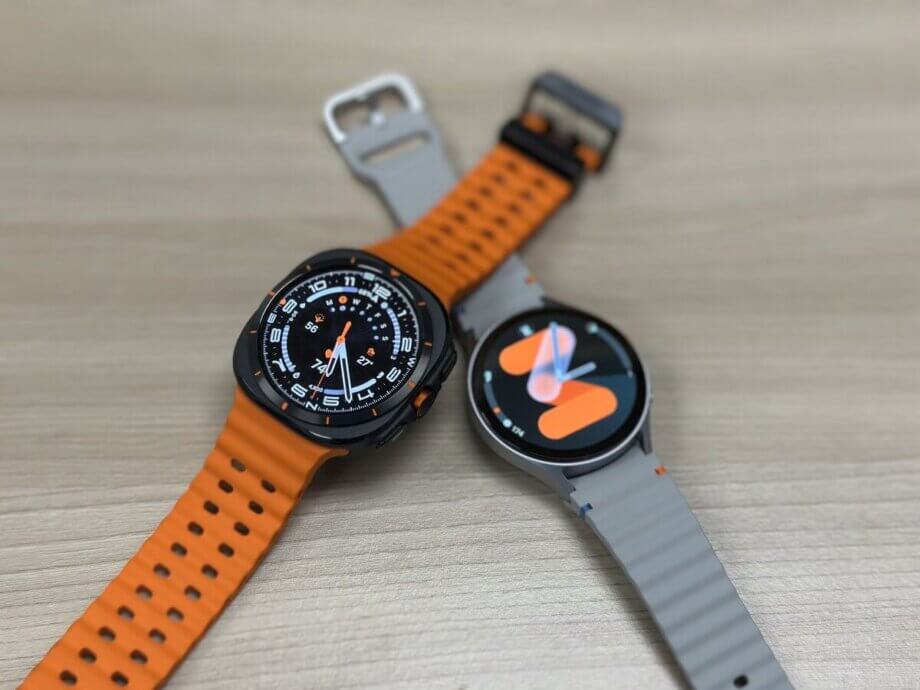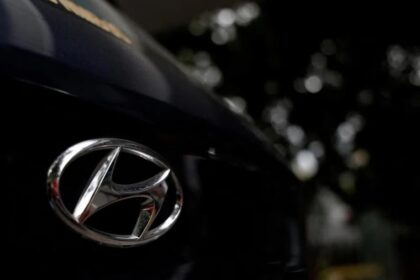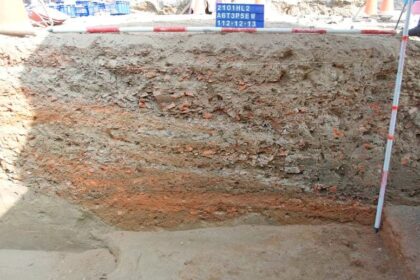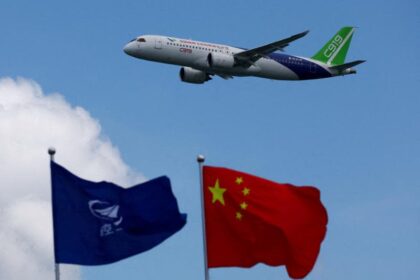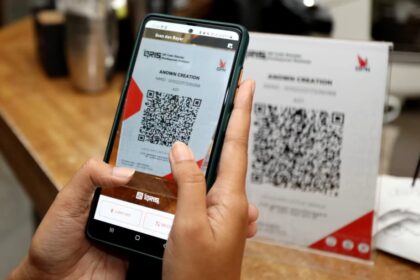Samsung’s Sleep Apnea Feature Reaches 70 Countries, Including Singapore
Samsung has announced a major expansion of its sleep apnea detection feature for the Galaxy Watch series, now making it available in 36 additional countries, including Singapore and Australia. This rollout brings the total number of supported countries to 70, marking a significant step in the global adoption of wearable health technology.
The sleep apnea feature is accessible on the Galaxy Watch4 series and later models running Wear OS 5.0 or newer, and requires pairing with a Galaxy smartphone operating on Android 12.0 or above. The feature is delivered through the Samsung Health Monitor app, which has become a central hub for the company’s health-focused innovations.
How Does the Sleep Apnea Feature Work?
Samsung’s sleep apnea detection leverages the Galaxy Watch’s BioActive Sensor to monitor blood oxygen saturation (SpO₂) levels during sleep. By tracking fluctuations in SpO₂, the watch can identify patterns associated with apnea (complete pauses in breathing) and hypopnea (partial reductions in airflow). The system estimates the Apnea-Hypopnea Index (AHI), a standard measure used by sleep specialists to assess the severity of sleep apnea.
To ensure accuracy, users must wear the watch for at least two nights, with each session lasting more than four hours within a ten-day period. The feature is designed for adults aged 22 and older who have not previously been diagnosed with sleep apnea. If the watch detects signs of moderate to severe obstructive sleep apnea—a condition marked by repeated breathing interruptions during sleep—it will alert the user and recommend seeking professional medical advice.
Regulatory Approvals and Global Rollout
The expansion follows recent approvals from health authorities in several regions. In Singapore, the Health Sciences Authority has given the green light, while Australia’s Therapeutic Goods Administration and the European Union’s CE marking have also endorsed the feature. These regulatory milestones affirm that Samsung’s technology meets stringent health, safety, and environmental standards.
Samsung’s sleep apnea detection was the first wearable feature of its kind to receive De Novo authorization from the U.S. Food and Drug Administration (FDA), a designation for novel medical devices. The feature has also been approved by regulatory agencies in South Korea, Brazil, and Canada, further cementing its credibility as a health monitoring tool.
Why Is Sleep Apnea Detection Important?
Obstructive sleep apnea (OSA) is a common but often undiagnosed condition that causes repeated interruptions in breathing during sleep. These disruptions can lead to poor sleep quality, daytime fatigue, and increased risk of serious health issues such as hypertension, heart disease, and stroke. Early detection is crucial, but traditional diagnosis typically requires overnight monitoring in a sleep clinic, which can be costly and inconvenient.
Wearable devices like the Galaxy Watch offer a more accessible way for users to monitor their sleep health at home. By providing early warnings of potential sleep apnea, these devices can prompt users to seek medical evaluation before complications arise. However, Samsung emphasizes that the feature is not a substitute for professional diagnosis or treatment, but rather a supplementary tool to raise awareness and encourage timely medical consultation.
How Does Samsung Compare to Apple?
Samsung is not alone in the race to integrate advanced health features into smartwatches. In September 2024, Apple introduced a similar sleep apnea detection capability on its Apple Watch Series 10, Apple Watch Ultra 2, and Apple Watch Series 9. Apple’s approach uses the watch’s accelerometer to monitor breathing disturbances and categorizes them as “elevated” or “not elevated.” If elevated disturbances are detected consistently over a 30-day period, users receive a notification suggesting possible sleep apnea.
Both Samsung and Apple stress that their sleep apnea features are intended for adults and are not replacements for clinical diagnosis. Instead, they serve as early warning systems, empowering users to take proactive steps toward better sleep health.
Broader Implications for Wearable Health Technology
The expansion of sleep apnea detection on the Galaxy Watch reflects a broader trend in the wearable technology industry: the integration of medical-grade health monitoring features into consumer devices. As regulatory bodies increasingly recognize the value of these tools, more users worldwide gain access to potentially life-saving health insights from the comfort of their own homes.
Samsung’s commitment to sleep health extends beyond detection. The company also offers personalized sleep coaching and tips to help users optimize their sleep environment and habits. By combining early detection with actionable guidance, Samsung aims to support users in achieving better overall well-being.
In Summary
- Samsung has expanded its sleep apnea detection feature to 36 new countries, including Singapore and Australia, now covering 70 countries worldwide.
- The feature uses the Galaxy Watch’s BioActive Sensor to monitor blood oxygen levels and detect signs of moderate to severe obstructive sleep apnea in adults aged 22 and over.
- Regulatory approvals from authorities in Singapore, Australia, the EU, and other regions have enabled the global rollout.
- Apple has introduced a similar feature on its latest Apple Watch models, highlighting a growing focus on sleep health in wearable technology.
- While not a substitute for medical diagnosis, these features provide early warnings and encourage users to seek professional evaluation for sleep-related health issues.


